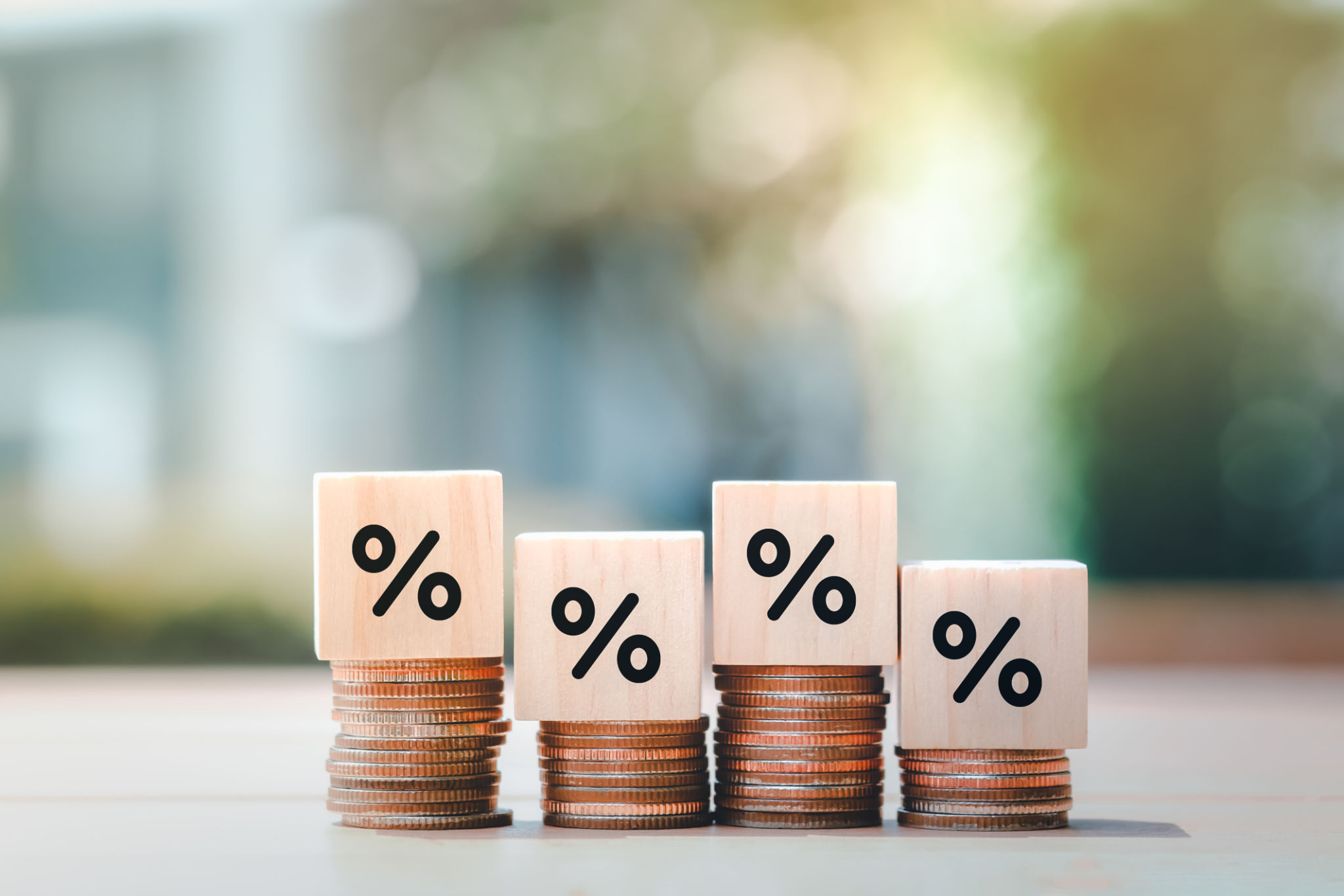Understanding the Impact of Global Markets on Gold Trading: A Closer Look
Introduction to Gold Trading
Gold has long been considered a valuable asset and a hedge against economic uncertainty. The allure of gold is not just its physical beauty but also its ability to retain value over time. Investors and traders often turn to gold during times of market volatility, making it an essential component of diversified portfolios.
In today's interconnected world, the value of gold is increasingly influenced by global markets. Understanding the dynamics between global markets and gold trading is crucial for investors looking to navigate these waters effectively.

Global Economic Factors
The Role of Currency Fluctuations
One of the primary factors affecting gold prices is the fluctuation in currency values, particularly the U.S. dollar. Gold is typically priced in dollars, so when the dollar strengthens, gold prices tend to decrease as it becomes more expensive for holders of other currencies. Conversely, a weaker dollar can make gold more attractive and drive its price up.
Interest Rates and Inflation
Interest rates and inflation also play a significant role in the price of gold. Generally, when interest rates rise, investors may shift towards interest-bearing assets, reducing the demand for gold. However, during periods of high inflation, gold often acts as a hedge, preserving purchasing power and boosting demand.

Geopolitical Events
Geopolitical instability often results in increased demand for gold as a safe-haven asset. Events such as conflicts, trade disputes, and political uncertainty can lead to volatility in financial markets, prompting investors to seek refuge in gold. This can drive up prices as demand outpaces supply.
The complex interplay between geopolitical events and market sentiment can significantly impact gold trading patterns, making it essential for traders to stay informed about global developments.

Market Speculation and Sentiment
Market speculation and investor sentiment are influential drivers of gold prices. Traders often react to news and forecasts, leading to rapid price movements. Speculative trading based on anticipated economic events can result in short-term volatility in gold prices.
Understanding market sentiment requires analyzing trends, investor behavior, and broader economic indicators. This analysis helps traders make informed decisions and adapt their strategies accordingly.
Technological Advancements
The rise of technology has transformed the landscape of gold trading. Online platforms and trading apps have made it easier for individual investors to participate in the market. These advancements provide greater access to real-time data, analytics, and trading tools.
Furthermore, technological improvements in mining and processing have impacted supply levels, influencing gold prices over time. As technology continues to evolve, its role in shaping the future of gold trading will likely expand.

Conclusion
In conclusion, understanding the impact of global markets on gold trading is essential for making informed investment decisions. From currency fluctuations and interest rates to geopolitical events and technological advancements, numerous factors contribute to the ever-changing landscape of gold trading.
By staying informed about these dynamics and continuously analyzing market trends, investors can better navigate the complexities of gold trading and capitalize on opportunities within this precious metals market.